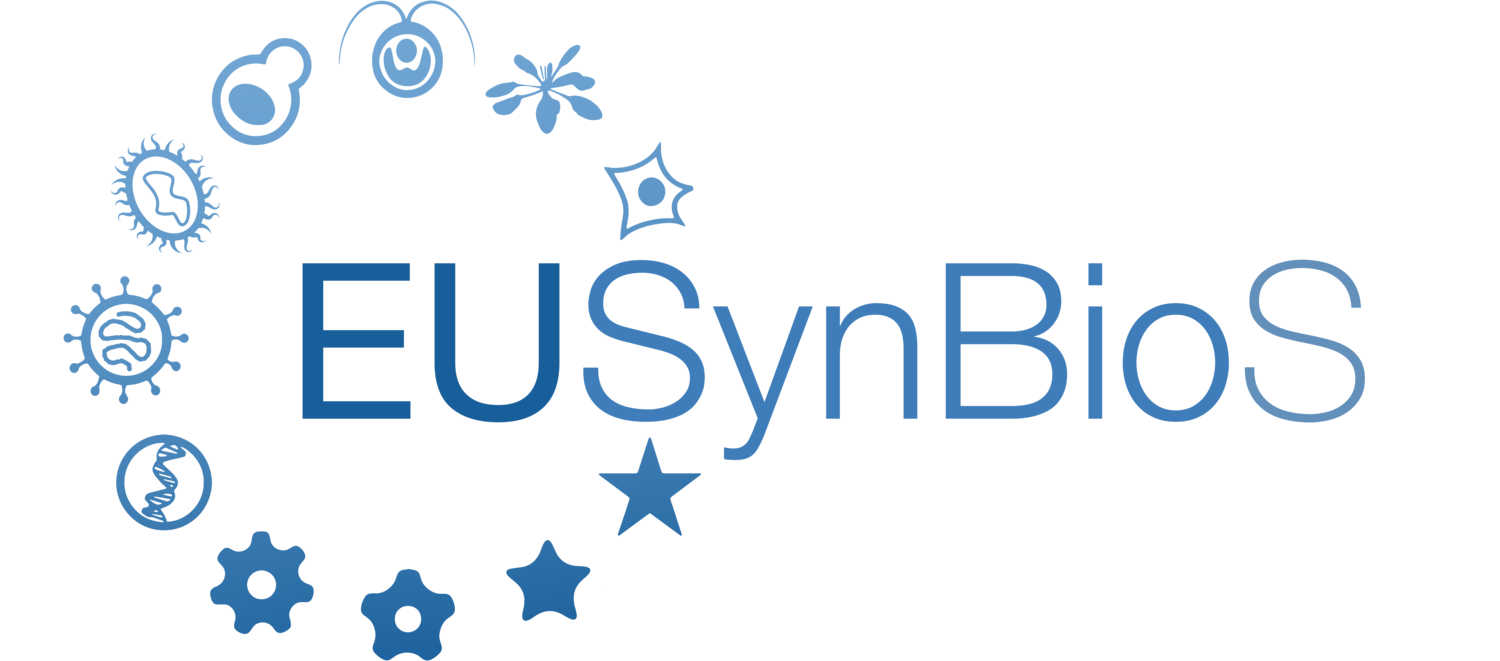iGEM Athens 2019: Machine Enhanced Directed Evolution of Aptamers
Imagine a group of molecules so diverse, that they could have applications throughout biology, chemistry, medicine, the environment, and even space studies. Additionally, these molecules could be easily synthesized. Is this a future scenario? Surprisingly, no, and these molecules are called aptamers - small oligonucleotides or oligopeptides that bind specifically to a target molecule, just like antibodies!
Why are aptamers not the bread-and-butter of every scientist then, you may ask? We did begin with that question in mind when we were considering alternatives for our iGEM project, as the freshly-composed iGEM Athens 2019 team. Hundreds upon hundreds of papers about possible applications of aptamers turned up after a simple literature search, but no reason why they are not more widely utilised in science. After a while it became apparent: they are not easily created in the first place.
GEM Athens 2019 group photo: Left to right – Nikolas Karvelas, Iasonas Papadopoulos, Nikolas Kalavros, Theofano Zioumpou. Front row: Alexandra Karvela, Anna Maria Tsiatsiani, Marilena De Pian, Iasonas Milionis, Anastasios Galanis
Aptamers binding to a specific target molecule are synthesized via a method called SELEX (Systematic Evolution of Ligands by EXponential enrichment). While this method has proved to be effective, it requires special equipment, trillions of initial random oligonucleotide sequences for the first selection rounds, and a considerable amount of time until it results in the selection of the aptamer with the best affinity to the target. This can take from a few days, usually, to several weeks. Another important disadvantage of the SELEX method is that, although aptamers can be functional in vitro, they often aren’t in vivο.
Our team decided to propose a novel mechanism of aptamer development, MEDEA - Machine Enhanced Directed Evolution of Aptamers. Inspired by the recent work on directed evolution of proteins and previous iGEM teams such as Heidelberg ‘15 and ‘17, our project aims to create an intracellular platform for the evolution of optimisedaptamers, in E. coli cells. The circuit, along with the sequence of the aptamer, will be carried by a plasmid, enablin g the adaptation of our system for other organisms as well, such as S. cerevisae. But this will have to wait, since our proposed system is the first new method of aptamer development in the last 30 years and, as far as we know, the first intracellular method of functional RNA directed evolution in the literature.
How will the evolution of our aptamer sequence be achieved? Through the interaction of three modules: the module containing the aptamer, the mutagenesis module and the selection module. The aptamer module contains theaptamer sequence, of course, connected to a ribozyme. When the aptamer binds to its target, the ribozyme is activated, cleaving a small sequence off its 3’ end, which also happens to be a STAR - Small Transcription Activating RNA. The STAR will activate the transcription of an antibiotic resistance molecule cassette, consisting of two antibiotic resistance genes and serving as the selection module. The mutagenesis will be performed by the EvolvR system, a recent discovery in the field of in vivo directed evolution. The EvolvR system is comprised by a Cas9 fused to an error-prone polymerase, thus enabling mutagenesis in a specific sequence. We also plan to test a novel variant with Cpf1 instead of Cas9, in order to optimize EvolvR’s efficiency.
The logic behind our design is simple: when the aptazyme binds to the target molecule, antibiotic resistance is achieved. As aptamers evolve, bacteria that carry the best ones will exhibit better ability to adapt to elevated antibiotic concentrations, and the other will die. A few cycles will result in an optimized aptamer sequence.
The MEDEA pipeline for aptamer production, consisting of both a Dry and a Wet Lab part, and the advantages it will offer to researchers.
Dry Lab also plays a considerable role in our project. If the initial aptamer sequence was totally random, the chances of it binding to unwanted ligands would be high. Our software will ensure that we create highly specific aptamers for our targets. Furthermore, a side-project focuses on the engineering of a cheap and easy-to-use morbidostat for continuous liquid cultures.
A pattern starts to emerge here about the theme of our human practices work, which revolves around the basic concept of Access - to science, to technology, to information. As we first composed our team, we became instantly aware how people in Greece do not have access to the most recent advances in science, and also how difficult it was for someone to get involved in the scientific community in the first place. Therefore we aim to work on ways to promote access to synthetic biology in Greece and beyond!
If you want to know more about our project or aptamers in general, don’t hesitate to contact us via email. You can also follow our Facebook, Instagram and Twitter pages, or we will be glad to meet you directly at the Giant Jamboree in Boston!


